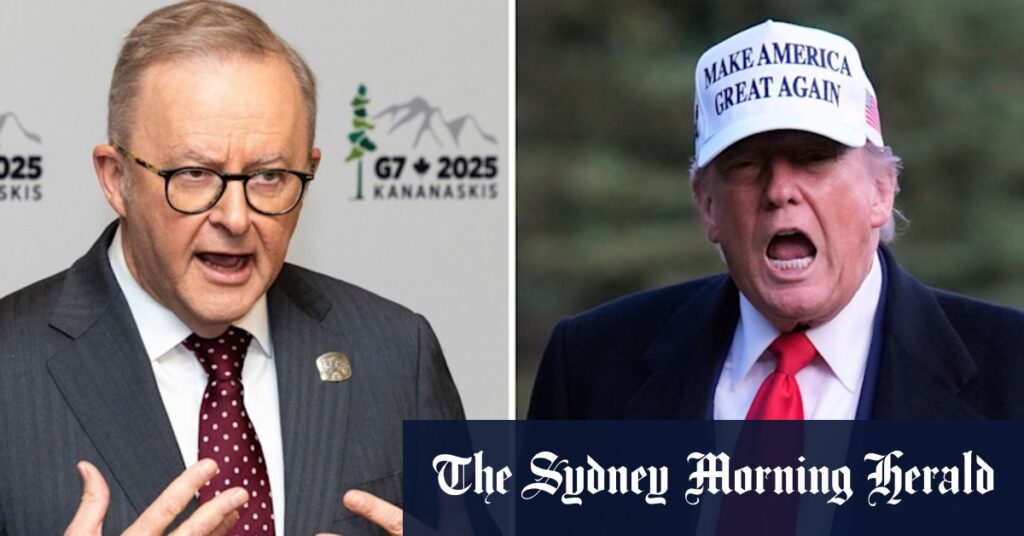
Australian Prime Minister Anthony Albanese has indicated the possibility of meeting former U.S. President Donald Trump during an upcoming gathering of world leaders in India. This potential meeting comes as Albanese defends Australia’s defense spending, highlighting its transparency compared to other nations.
Albanese remains the only leader within the Quad group—comprising India, the United States, Japan, and Australia—who has not yet met Trump in person. This absence of a face-to-face meeting occurs amidst pressure from the White House for Australia to increase its defense budget to at least 3.5% of its gross domestic product, aligning with NATO’s expectations.
Background of the Quad Leaders’ Interactions
While Albanese has communicated with Trump on three separate occasions, a planned meeting at the recent G7 summit in Canada was thwarted when Trump abruptly returned to Washington to address escalating tensions in the Middle East. This has left Albanese in a unique position among Quad leaders, as he navigates both international expectations and domestic policy considerations.
In a recent interview with the ABC’s Afternoon Briefing, Albanese expressed his readiness to meet Trump, stating, “when a suitable time can be organised.” With the Quad meeting scheduled in the coming months, the possibility of a diplomatic encounter remains open.
Defense Spending: A Point of Contention
The discussion around defense spending is not new, but it has gained renewed focus as global tensions rise. The U.S. has been vocal about its expectations for allies to bolster their military budgets, a stance that has been met with varying degrees of compliance and resistance from partner nations.
Australia’s current defense expenditure is below the 3.5% GDP threshold advocated by the U.S., prompting debates within the Australian government and among its citizens. Albanese has emphasized the transparency of Australia’s defense spending, suggesting that this openness differentiates it from other countries’ more opaque budgeting practices.
Expert Opinions and Historical Context
Defense analysts have pointed out that Australia’s strategic position in the Asia-Pacific region necessitates careful consideration of its military capabilities. Dr. Sarah Thompson, a defense policy expert, noted, “Australia’s defense spending must reflect both its regional responsibilities and its global alliances.”
By the Numbers: Australia’s defense spending currently stands at approximately 2.1% of GDP, significantly below the proposed 3.5% target.
Historically, Australia’s defense budget has fluctuated in response to global conflicts and regional security challenges. The current discourse mirrors past debates during the Cold War, where alignment with U.S. military expectations was a subject of national discussion.
Looking Forward: Implications and Next Steps
The potential meeting between Albanese and Trump could serve as a pivotal moment in addressing these defense spending concerns. It may also strengthen the diplomatic ties between Australia and the U.S., reinforcing their partnership within the Quad framework.
As the Quad meeting approaches, the international community will be watching closely to see if this encounter materializes and what outcomes it might yield. The implications for both defense policy and broader geopolitical dynamics are significant, with potential ripple effects across the Asia-Pacific region.
Ultimately, the decision to meet and the discussions that follow will reflect the strategic priorities of both nations, as they navigate the complex landscape of international relations in the 21st century.







